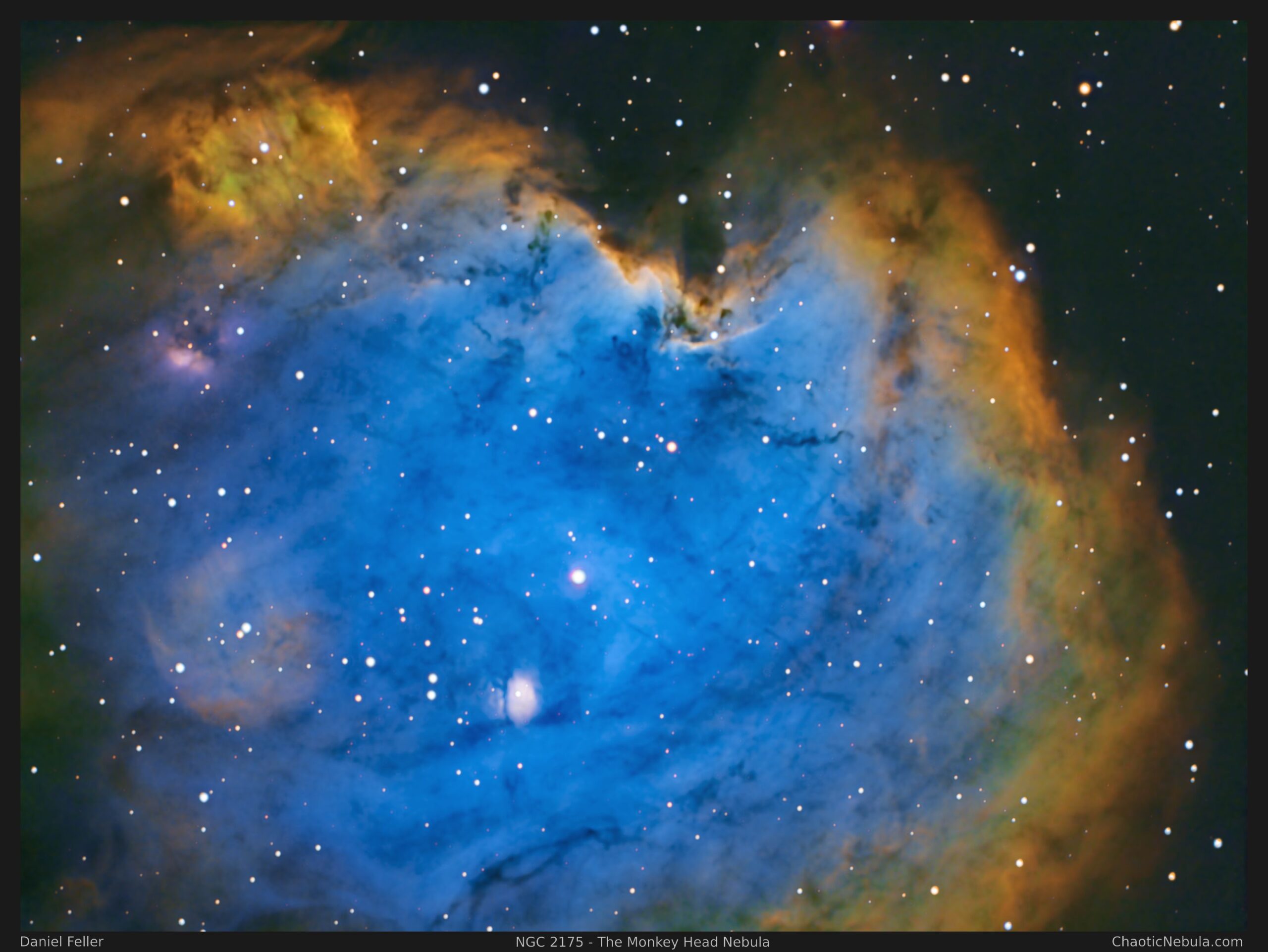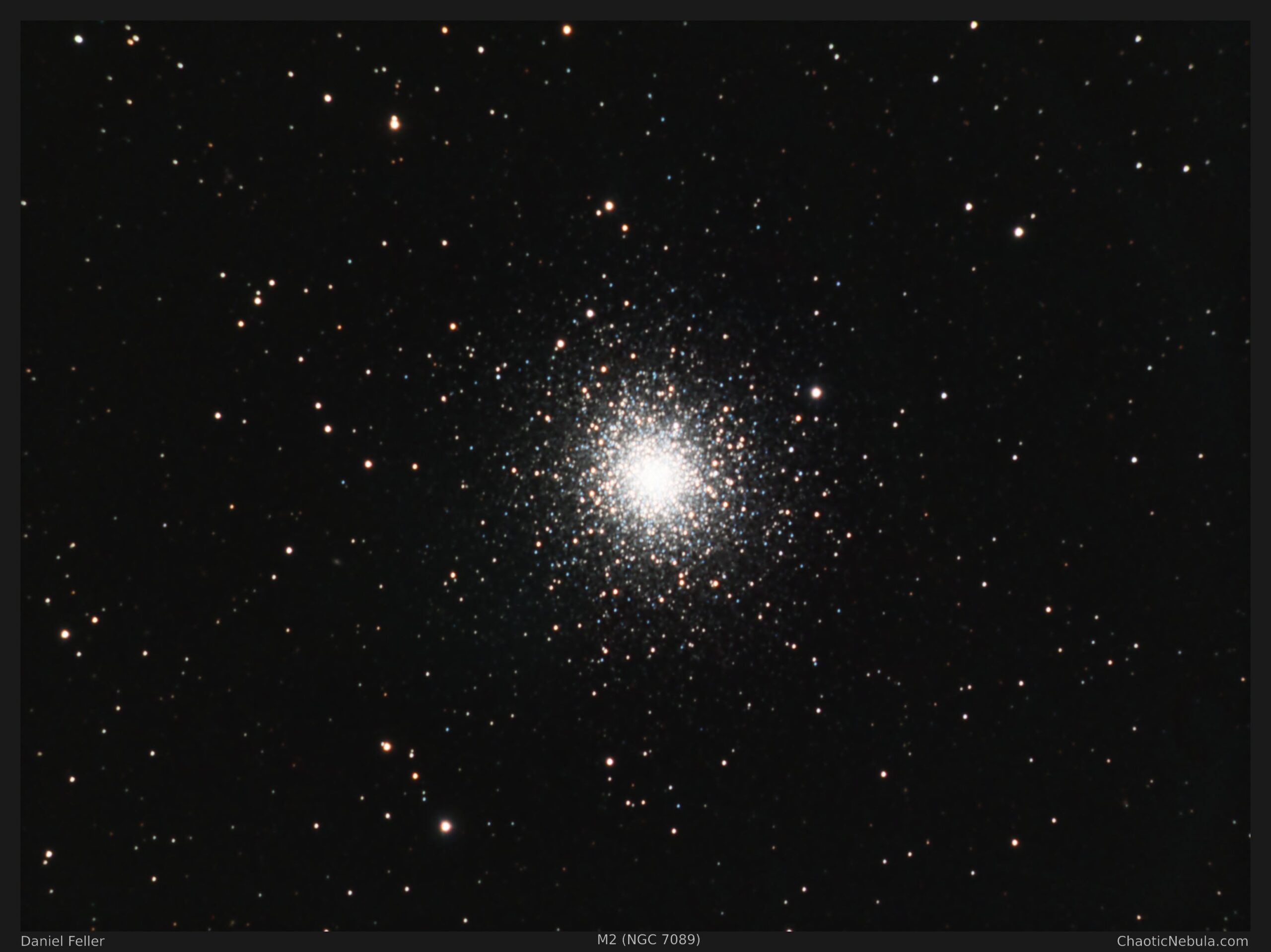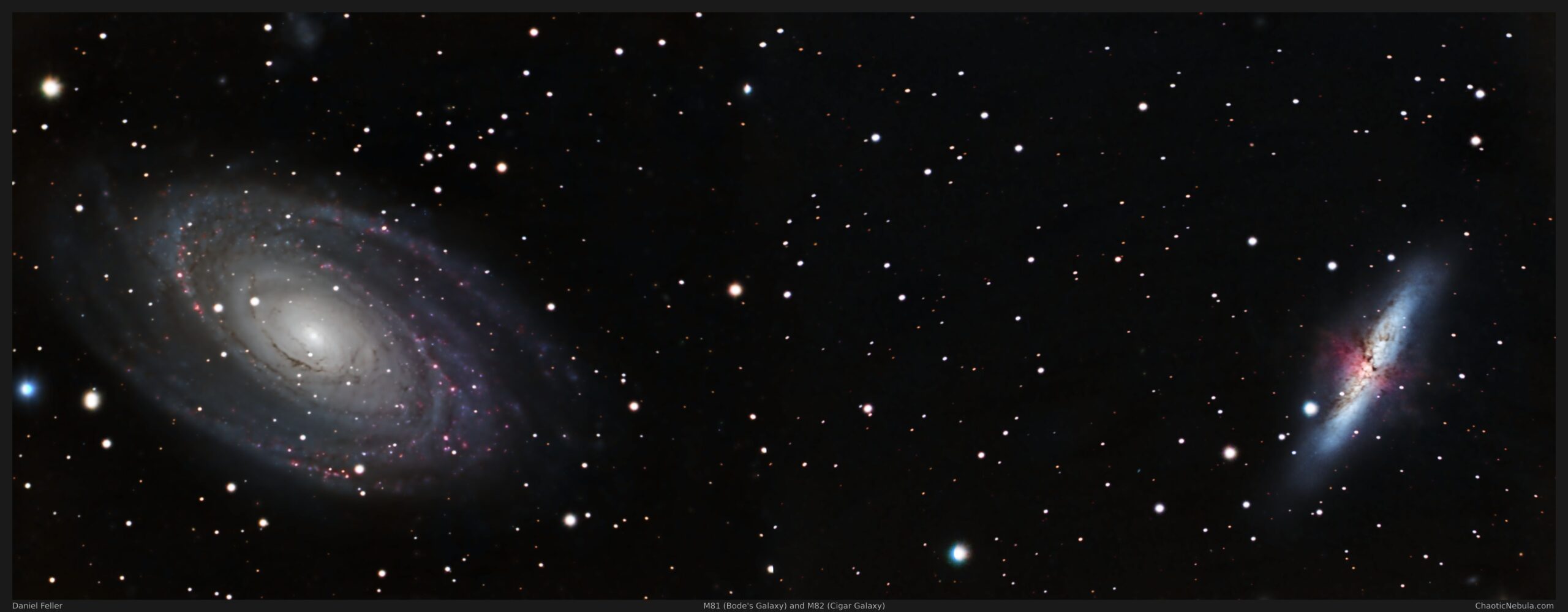Beyond Orion’s Belt: How to Image the Elusive Monkey Head Nebula (NGC 2175)
During the winter months, many of us immediately image M42 – The Orion Nebula. But Orion contains many other interesting targets, including NGC 2175 – The Monkey Head Nebula. Only 6,350 light years away, the Monkey Head Nebula is bright and easy to photograph, especially with narrowband filters (Hydrogen-Alpha, Sulphur-II, and Oxygen-III).
(more…)


